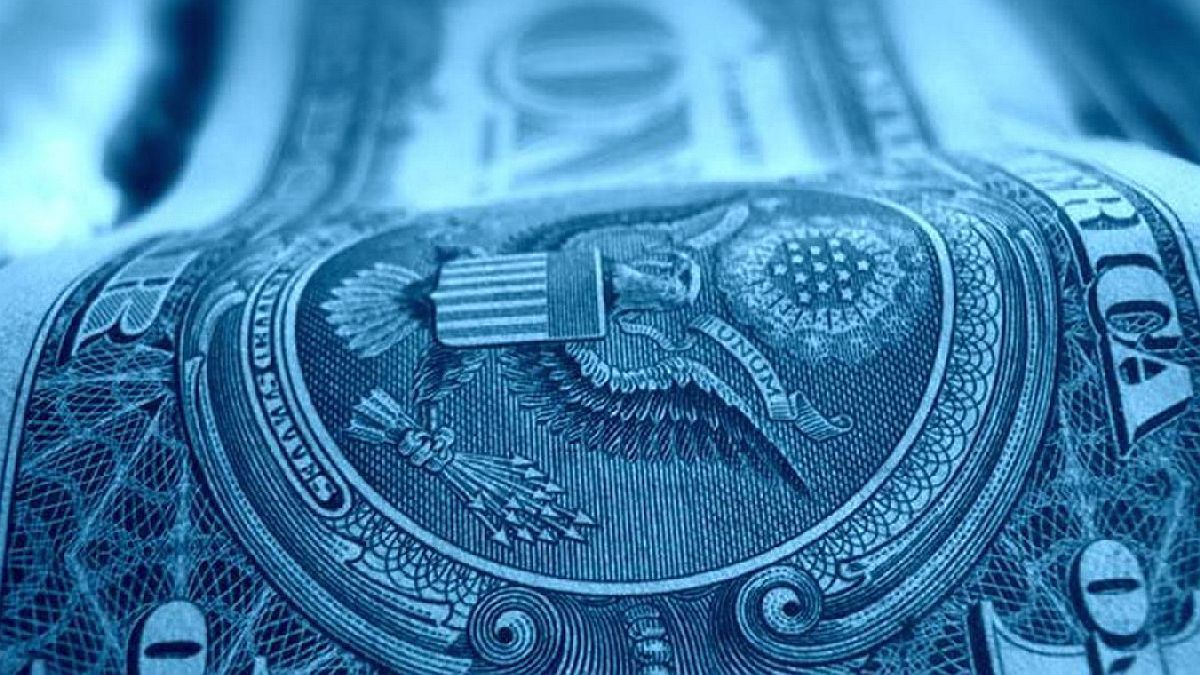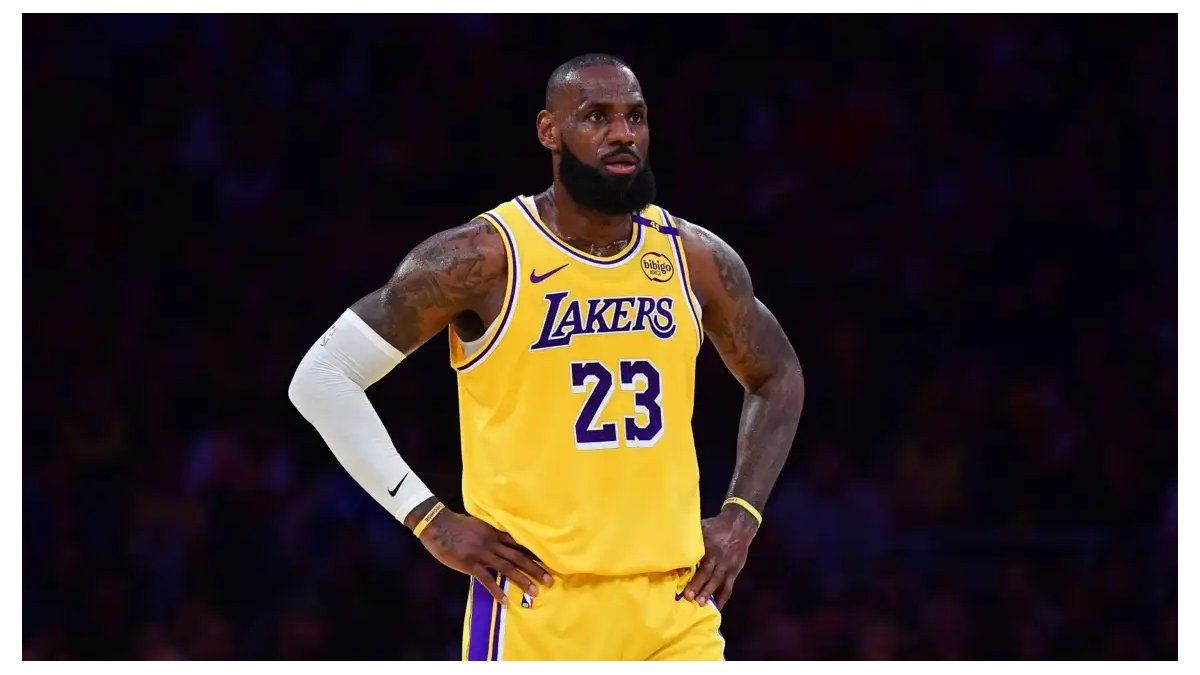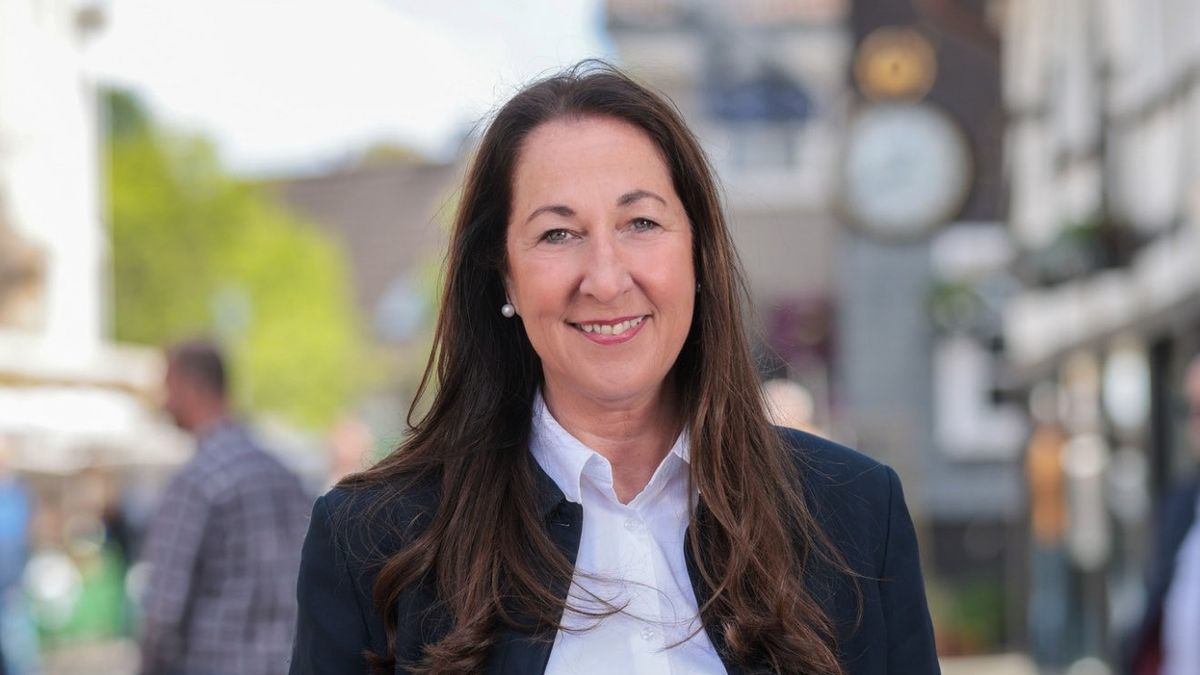Economists consulted by Ambit They highlighted that despite the historical comparisons and the adjustments for inflation that can be made to the current price of the parallel, it is at a limit and there are still two more weeks to go before the general elections. So it follows that until the 14th, we will see a blue dollar with a marked upward trend.
“It seems to me that it has already reached a high level, it may be that there are these two weeks of few definitions and that there may be uncertainty, that it follows the upward trend, but it has already adjusted what it had to adjust”, expressed Guido Lorenzo, Director of LCG Consulting.
If we historically compare the dollar with the current price, it is more likely that the current blue dollar is close to the levels at which it traded after the exit from convertibility, which does not mark a favorable scenario.
But you can do two exercises to analyze whether the blue dollar is expensive or cheap. If we bring to the present the record price that blue reached in October of last year, when it reached $ 195, the blue dollar it should raise almost $ 105 to match, in real terms, that historical peak. In that sense, the current blue dollar would be cheap in the worst case scenario. But if the variables are maintained or manage to stabilize, the blue would be expensive.
Lorenzo Sigaut Gravigna, a founding member of Equilibra, analyzed along the same lines: “If the economy is not ordered, but it does not reliably get out of the exchange rate delay, if there is no agreement with the IMF it could be cheap. This depends on a perception. If the government succeeds reducing uncertainty should stop growing the blue and stabilize. Or even lower it, in the best of cases. “
Economists agree that the government has the objective of giving clear signals: a short or medium-term economic plan and more definitions on the agreement with the International Monetary Fund. In addition, they add that there must be a decision to stop the monetary issue that generates greater uncertainty about the impact it has on inflation.
The Economist Federico Glustein He contributed: “The blue dollar as it is is not expensive or cheap, but is a reflection of the existing uncertainty scenario derived from a strong issuance of pesos and a demand for money that does not absorb these surpluses, beyond the fact that we are in a recovery of certain levels of activity and employment “.
“We could make comparisons with last year or with other moments in our history, but the particular context marks the value of the dollar, the excessive pressure on the dollar with too many pesos in place and a gap of 98% is not a common scenario” and for close added the inflation variable: “Reflecting on the last 20 months, the price of the parallel rose at least 50% more than inflation, they could consider that, with an expected profit in that amount, acquiring today would be cheap “.
What options are left to savers
According to the latest data published by the Central Bank (BCRA) in September there were 746,000 people who bought dollars at the “solidarity” exchange rate, with operations averaging US $ 187 per customer. That figure represented 50,000 more savers (7%) than in the previous month. “The ‘human persons’ bought a net US $ 326 million, basically for expenses incurred with cards for consumption with non-resident providers and for hoarding, for US $ 149 million and US $ 134 million, respectively in net terms,” the report indicated exchange rate of the Central Bank.
In September, the “solidarity” exchange rate at Banco Nación had an average value of $ 170.65. The blue dollar, on the other hand, remained above that value throughout the month. The informal price hit an all-time high last Thursday. Thus, the gap between both average values was higher than 8%, which explains why savers have returned to buy foreign currency at banks.
But in addition, there are other options to face these months of instability and avoid losing to the exchange rate turbulence. Guido Lorenzo raises alternatives: “For conservative investors there are public securities, one can come to think of fixed income securities and for unsophisticated savers they can go to mutual funds or instruments that adjust by official exchange rate in case there is a jump in the exchange rate or inflation adjustment that will at least have coverage due to price increases “
Gravigna adds: “so as not to lose against inflation, there are fixed deadlines CER or if you are a large investor in a treasury bill that also adjusts for CER “.
Glustein, added in the same sense as Gravigna, “CER-tied investments, such as discount bonds, which pay inflation plus an annual coupon, which gives a positive result above inflation. “
Source From: Ambito
David William is a talented author who has made a name for himself in the world of writing. He is a professional author who writes on a wide range of topics, from general interest to opinion news. David is currently working as a writer at 24 hours worlds where he brings his unique perspective and in-depth research to his articles, making them both informative and engaging.




